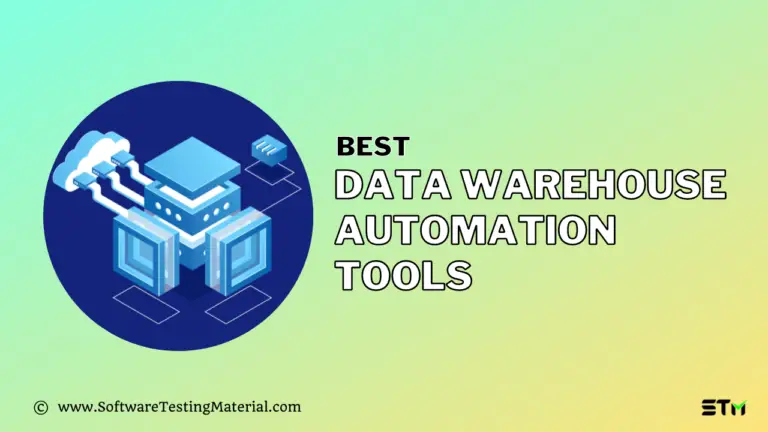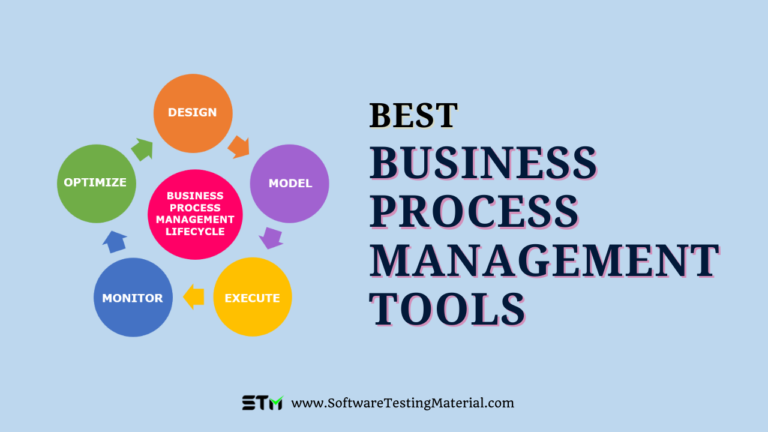Job Scheduling vs Workload Automation: What’s the Difference?
Job Scheduling vs Workload Automation, many don’t understand the difference between these two vital components for efficient projects and solutions.
If you’re a business owner looking to optimize your operations, you’ve likely heard of job scheduling and workload automation.
Must read: Workflow Automation vs Workload Automation & RPA vs Workload Automation
In this blog post, we will take a look at Job Scheduling Vs. Workload Automation, exploring the differences between these two key technologies as well as highlighting how it can help your organization manage jobs more effectively and efficiently.
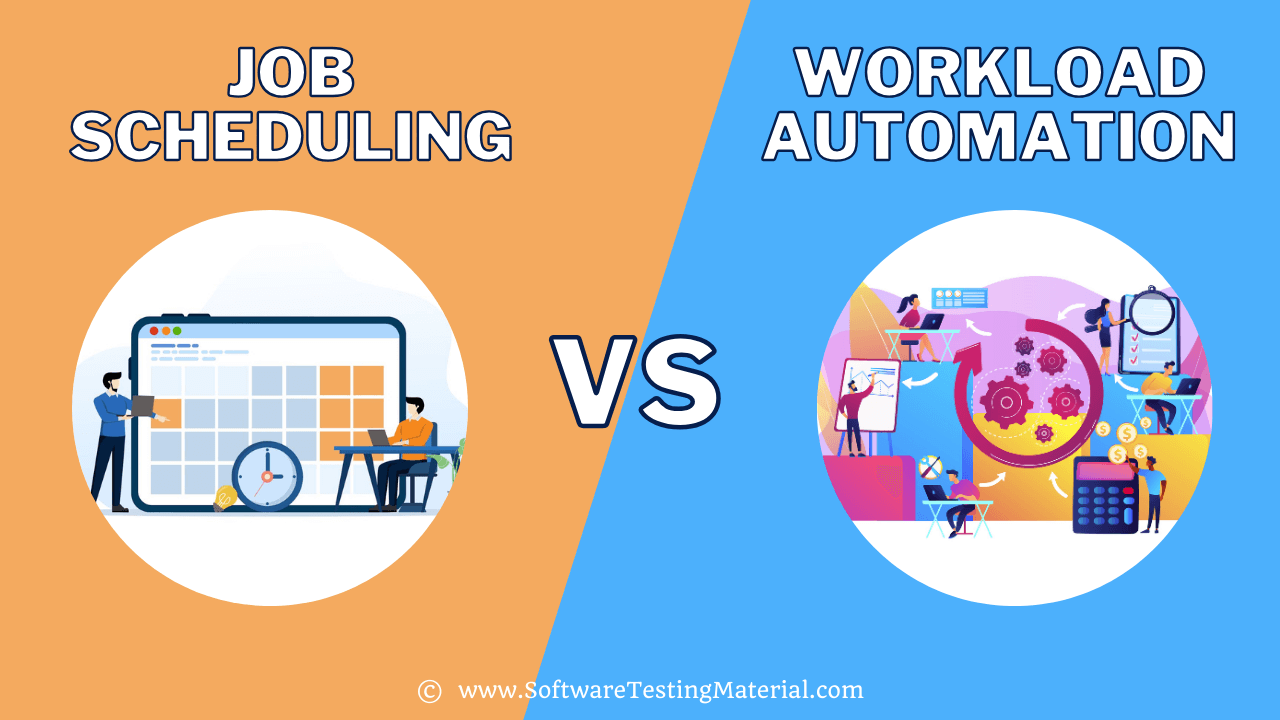
Don’t miss: Workload Automation Trends
What is a Job Scheduling?
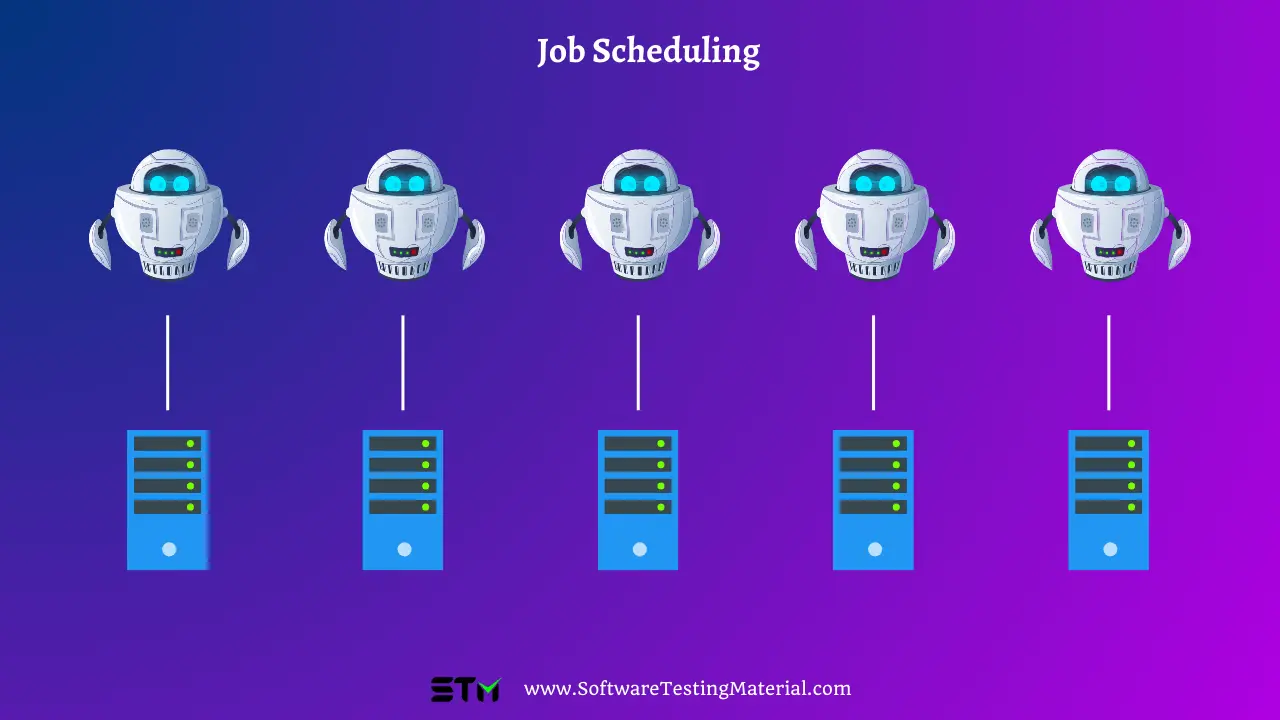
Job Scheduling is like having a personal assistant for your tasks! It’s an automated process that assigns specific tasks to be run at scheduled intervals.
Job scheduling is usually used in enterprise applications such as those related to system maintenance, database processing, and application-level operations.
It can be used for executing tasks at a predetermined time or following a particular set of conditions.
By automating job scheduling, businesses can save time and effort by avoiding manual operations and ensuring that tasks are completed in a timely manner.
Don’t miss: Best Windows Job Scheduling Software
What is Workload Automation WLA?
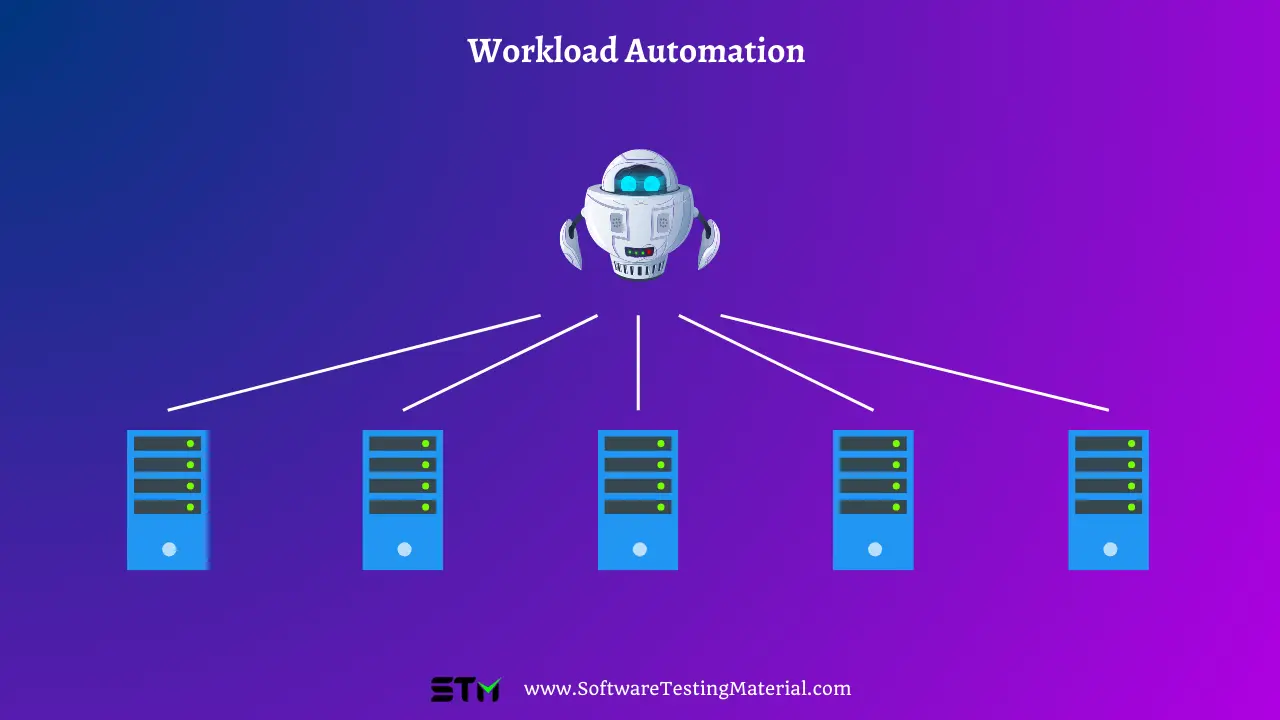
Workload Automation (WLA) is the automated management of multiple job types across various IT systems.
WLA differs from traditional job scheduling as it allows for much more complex and complete control over the workloads of an organization.
This includes the ability to set up and manage recurring tasks, dynamically allocate resources, monitor job performance, and adapt to changes in computing environment.
WLA is an important tool for organizations that need to optimize their IT infrastructure while ensuring optimal usage of system resources.
By automating workloads, businesses can better meet the demands of customers and improve service levels.
Don’t miss: Best Workload Automation Tools
Job Scheduling vs Workload Automation
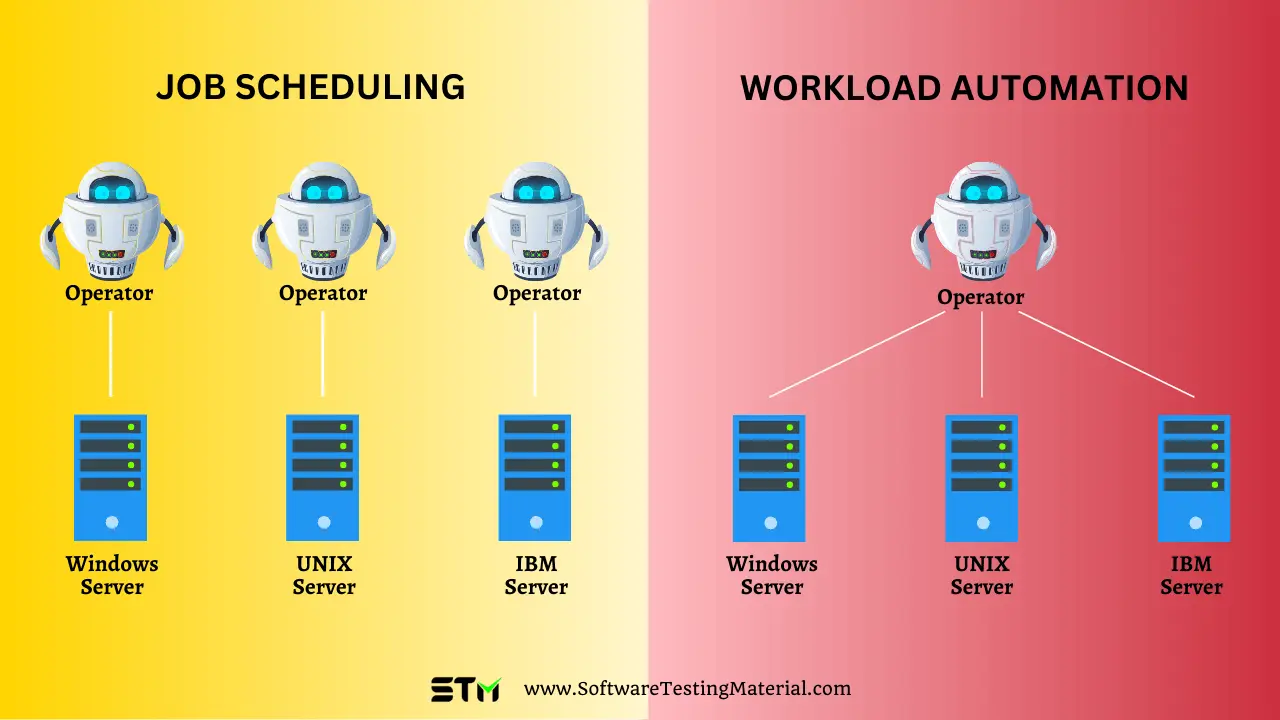
| Criteria | Job Scheduling | Workload Automation |
|---|---|---|
| Definition | The process of starting jobs, programs, or scripts at specific times or intervals. | The broader orchestration of workflows, processes, and tasks across systems. |
| Complexity | Generally simpler, handling individual tasks. | Deals with complex workflows and dependencies. |
| Scope | Focuses on the execution of individual tasks. | Encompasses the entire lifecycle of tasks, including dependencies, conditions, and policies. |
| Flexibility | Limited to predefined schedules and triggers. | Offers dynamic, event-driven automation that can adapt to real-time changes. |
| Integration | Limited integration with other systems. | Integrates seamlessly with various systems, platforms, and applications. |
| Primary Use Case | Ideal for repetitive, time-based tasks. | Best for comprehensive management of business processes, IT tasks, and big data workflows. |
| Cross-platform process orchestration | Modern job scheduling vendors support orchestration of cross-platform batch processing. | Supports orchestration of cross-platform process. |
| Example Tools | Cron, Windows Task Scheduler. | ActiveBatch, RunMyJobs By Redwood, Tidal Software |
| Monitoring and Reporting | Basic monitoring and logging capabilities. | Advanced monitoring, reporting, and alerting features. |
Application of Job Scheduling and Workload Automation
Job Scheduling and Workload Automation can be applied to a variety of businesses and industries. For example, online retailers can use job scheduling to automate the fulfillment process while also reducing labor costs associated with manual order processing. In addition, healthcare organizations can utilize workload automation to coordinate patient appointments more effectively.
In the manufacturing sector, job scheduling and workload automation can be used to optimize production processes. By automating tasks such as materials management and inventory control, organizations can reduce their overhead costs while simultaneously increasing productivity levels. Furthermore, automated job scheduling and workload automation tools can help businesses reduce downtime by quickly alerting relevant personnel when problems occur.
Finally, Job Scheduling and workload Automation can be used to improve customer service. By automating the processes associated with customer inquiries, such as order tracking and issue resolution, businesses can respond more quickly and effectively to customers’ needs. This in turn leads to improved customer satisfaction levels and higher profits for the organization.
Overall, Job Scheduling and Workload Automation provide companies with an effective way of streamlining operations and improving customer service. By understanding the benefits of these tools, businesses can maximize their efficiency while simultaneously reducing costs. As such, these automation tools are a great asset for any organization looking to increase its bottom line.
What are the benefits of Job Scheduling and Workload Automation?
Job Scheduling and Workload Automation offer numerous benefits to businesses, including increased efficiency, improved reliability, and decreased costs.
By automating repetitive tasks, businesses can save time and effort by eliminating manual operations.
Additionally, automated job scheduling ensures that tasks are completed in a timely manner, while workload automation allows organizations to better manage their resources.
In addition, both job scheduling and workload automation can help organizations increase customer satisfaction by providing faster service and improved reliability.
Finally, businesses can reduce costs associated with manual labor by replacing physical labor with automated processes.
Overall, Job Scheduling and Workload Automation provide businesses with the tools they need to streamline operations and increase efficiency while reducing costs.
By automating the mundane, organizations can focus on more important tasks that require human input and oversight.
Furthermore, automation tools can help businesses make decisions faster and with greater accuracy while simultaneously minimizing labor costs.
As such, Job Scheduling and Workload Automation are invaluable resources for businesses of all sizes.
Challenges of Traditional Job Schedulers
- Limited Flexibility: Traditional job schedulers often lack the flexibility to adapt to changing business needs.
- Manual Intervention: They usually require a lot of manual input and supervision, leading to increased labor and risk of errors.
- Scalability Issues: As businesses grow, traditional job schedulers struggle to handle the increased workload.
- Lack of Integration: These schedulers often have difficulties integrating seamlessly with other systems and applications.
- Complexity: The setup and maintenance of traditional job scheduling systems can be complex and time-consuming.
- Inadequate Reporting: They often provide limited reporting and monitoring capabilities, making it hard to track performance and issues.
- Outdated Technology: Many traditional schedulers use outdated technology, which can be less reliable and secure.
Simplifying Complexity with Enterprise Workload Automation
- Automates Tasks: Workload automation automatically handles repetitive tasks, reducing the need for manual intervention.
- Adaptable: Enterprise workload automation solutions can easily be adjusted to meet changing business requirements.
- Scalable: Designed to grow with your business, handling increased workloads efficiently.
- Integrates Easily: Enterprise workload automation software works well with other systems and applications.
- Easy to Manage: Simplifies setup and maintenance, saving time and effort.
- Improved Reporting: Offers robust reporting and monitoring features to track performance and identify issues quickly.
- Modern Technology: Utilizes up-to-date technology, ensuring high reliability and security.
Trends in Job Scheduling and Workload Automation
Workload automation and job scheduling are constantly evolving to meet the changing demands of IT teams. As customer expectations shift, there is a need for more complex automation strategies that can orchestrate processes across hybrid and multi-cloud environments.
According to Gartner, organizations are expected to ramp up their investments in hyperautomation, low-code automation, and AI to achieve their goals. Additionally, there’s a growing trend towards IT automation platforms that bring together workload and infrastructure automation.
These solutions help organizations better manage resources, optimize customer experiences, and drive digital transformation. It’s all about staying ahead of the game and embracing the power of automation!
Conclusion
Job Scheduling and Workload Automation are powerful resources that allow organizations to efficiently manage their resources while simultaneously improving customer service.
By understanding the tools available and leveraging them correctly, companies can maximize their efficiency and minimize their costs.
In short, these IT automation tools are invaluable to any organization looking to stay ahead of the competition in today’s rapidly changing business landscape.
This has been a brief overview of difference between Job Scheduling and Workload Automation, how they help businesses, and the various benefits they offer.
With the right implementation strategy, these tools can help organizations maximize their efficiency while reducing costs.
By understanding how to use them correctly, businesses can stay competitive in today’s changing market.
Difference between Job Scheduling and Workload Automation
What is the difference between workload automation and process automation?
Workload automation focuses on managing and automating the scheduling of various tasks and processes across multiple systems and applications. Process automation, on the other hand, is about automating individual tasks or business processes to improve efficiency and reduce manual intervention. In simple terms, workload automation handles the “when” and “where” of tasks, while process automation deals with the “how” of completing them.
What is the difference between workload and workflow automation?
Workload automation is about scheduling and managing tasks across multiple systems and applications to ensure they run at the right time and in the correct order. Workflow automation, however, focuses on automating the steps within a specific business process, making each step flow smoothly from one to the next. Simply put, workload automation is about timing and coordination, while workflow automation is about streamlining a process.
What is the difference between job scheduling and batch scheduling?
Job scheduling involves planning when and how individual tasks or jobs will run on a computer. It makes sure that each job starts at the right time and in the right order. Batch scheduling, on the other hand, handles groups of jobs that are processed together as a “batch.” This means multiple jobs are collected and run at once, typically without human intervention. In short, job scheduling is about timing single tasks, while batch scheduling is about running several tasks together.
What is the difference between job scheduling and process scheduling?
Job scheduling is about planning when individual tasks or jobs will start and finish on a computer. It ensures that each job runs at the correct time. Process scheduling, however, focuses on managing the execution order of processes within the computer’s CPU. It decides which process runs at a given time to ensure efficient use of the CPU. In simple terms, job scheduling is about the timing of tasks, while process scheduling is about the order of operations within the computer.
What is the difference between scheduling and automation?
Scheduling is about setting a specific time for a task to start. It tells the computer when to begin a job. Automation, on the other hand, is about making tasks happen without needing someone to start them. It streamlines the process so that tasks are completed automatically without human intervention. In simple terms, scheduling decides when a task happens, while automation makes the task happen on its own.
Related posts:
- Workload Automation vs Workflow Automation
- Workload Automation vs Service Orchestration
- Cloud Orchestration vs. Cloud Automation
- Workload Automation vs RPA
- 10 Best Workload Automation Tools
- 10 Best Enterprise Job Scheduler Software
- 10 Best IT Process Automation Software
- 10 Best Windows Job Scheduling Software





